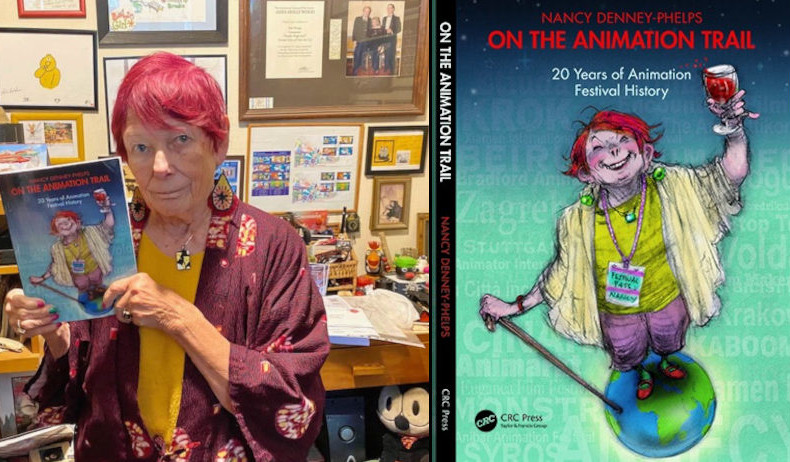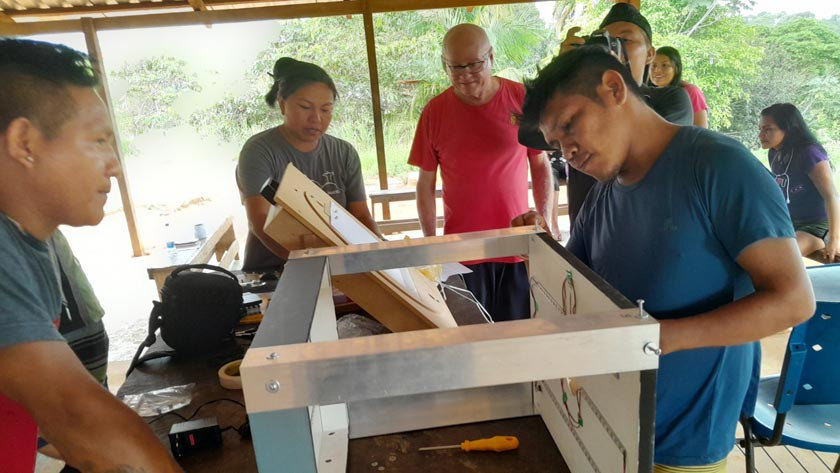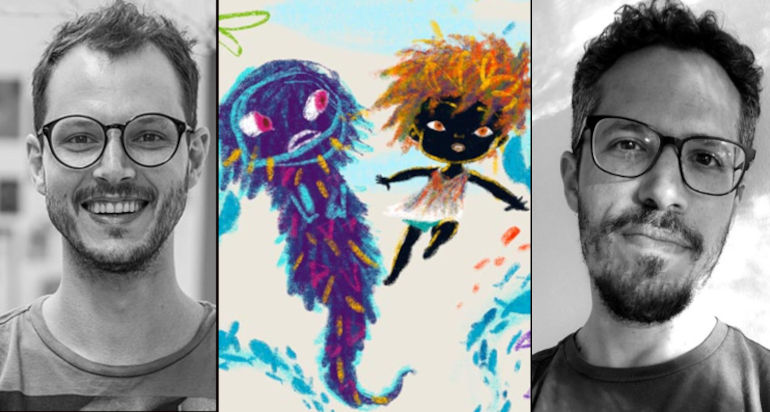Bob Spit - We Don't Like People by Cesar Cabral: Who Is the Creator and Who Is the Creature?
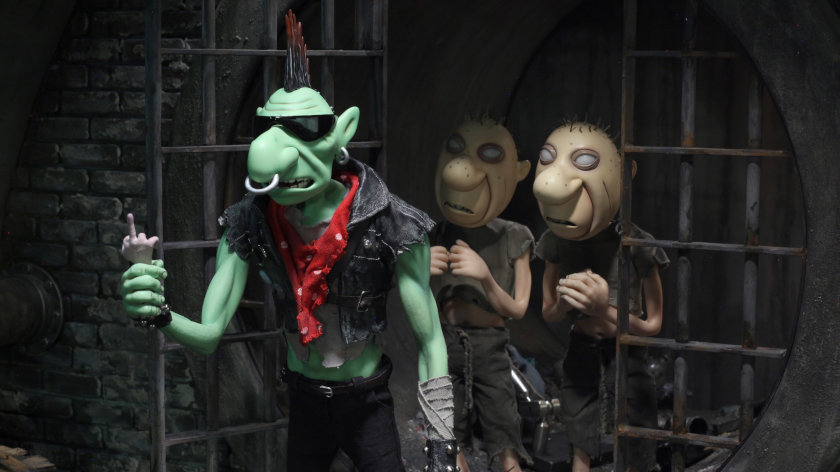
Movies catch our attention for several reasons. Whether for a good script, an excellent aesthetic, or the opposite of that. However, others stand out for the way they approach the story. This is the case with Bob Spit, We Do Not Like People (2021).
BOB SPIT - WE DO NOT LIKE PEOPLE
is a stop-motion animation that mixes documentary, comedy and road-movie. It tells the story of Bob Spit, an old punk trying to escape from a post-apocalyptic desert that is actually a purgatory inside the mind of his creator, Angeli, a cartoonist going through a creative crisis.
A stop motion animation based on the classic comic strips of Angeli, a well-known Brazilian cartoonist. The film has won awards at the 2021 Contrechamp Competition (Annecy Festival), the Audience Award of Cinanima Festival, also being the first Latin-American feature film to receive the main award at the Ottawa International Animation Festival. The animation feature will be shown in competition at the edition of Monstra Festival (Lisbon).
The production by Brazilian Cesar Cabral took five years to complete with a budget of US$ 1 million; working with a team of 200 people, 20 of which were stop motion animators. It presents itself as a documentary. Angeli (as a puppet) is talking about his profession and his characters. This relationship and his own creative process are exposed in the film: " the character has no life of its own, He is there if you want, he does what you want to" (Angeli).
In this sense, despite the film being a fictional animation feature, it has a documentary side; "all the talking of the character Angeli are his own" (César Cabral), which had required a complicated task of sound cleaning. This situation resulted in the scene with construction noise next to Angeli's office while talking to César Cabral (only the director's voice is heard on the film).
However, the film shows another narrative plane, the world of his characters and the magazine Chiclete com Banana ("Banana Gum" is the English title of the 1985-1990 magazine). They search for their creator (Angeli), guided by the "scriptures", the comics themselves. In my opinion, the relationship of these two axes is the most admirable in this animation feature, full of raccords, elements that ink two apparently disconnected subjects in a transition of scenes, reinforcing the cohesion of the narrative. Such as the scene where Bob Spit holding the Chiclete com Banana magazine suddenly cuts to the film's "plane of reality," with Angeli flipping through the magazine.

Angeli's messy room
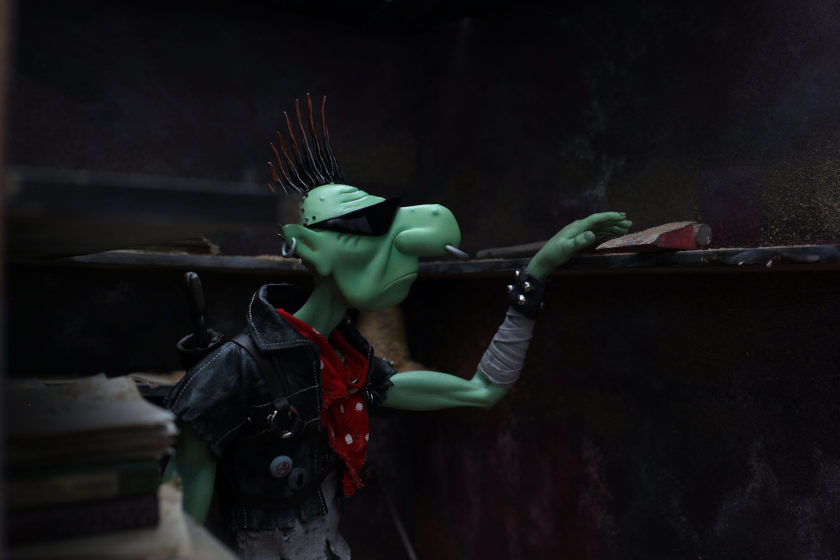
Angeli's messy room in the Bob Spit dimension
Another highlighted aspect is the stop-motion aspect of the film. Despite Angeli being a cartoonist (working with two-dimensional objects), the stop-motion technique adds a sense and reality level to the film (that feeling we get when we see a puppet in motion); the Angeli puppet and his fictional characters play together and share the same bodily dimension. That is a different visual result from"The City of Pirates" animation feature (Otto Guerra, 2018) - you can read our interview with Guerra -, another Brazilian animated film showing a cartoonist's life, Laerte (also a character in Cesar Cabral's film).
The above scene is essential, for it represents one of the film's themes, the creature-creator relationship: the two characters meet through a mirror - an object full of mystical and psychological meanings - which works as a "portal" for Bob to reach Angeli's spatial dimension. The inclusivity of the scene pleased the director most: "I think it is an essential scene in the construction of the film's story and the character's profile" (Cesar Cabral)
In the film, Angeli himself acknowledges that he projected his 1980s clothing style onto the Bob Spit character. At that time in Brazil, rock music and comic books from Brazilian authors had significant and lasting socio-cultural importance, helping to heal and find a new national identity after 20 years of military dictatorship. In the magazine itself is also made explicit that Bob Spit is Angeli. As a creature, it will always carry something from its creator, but Bob is a direct projection of the cartoonist (and he can do what Angeli cannot).
Other interesting characters are really worth pointing out, such as the "Elton Johns", representatives of "pop" - the force of mass culture that destroys individuality - and who are the enemies of Bob Spit. Angeli drew the character's death attacked by the "pop gremlins" in the magazine. In the film, however, that's the turning point; this is where Bob survives and goes in search of Angeli.
The Punk style of rebellion against the status quo, the non-politically correct, is a feature of the time, and Bob embodies this dissatisfaction as Angeli's alter ego. He is a dissatisfied man with the world in which he lives in, and finds an outlet for his anxieties and a way to transgress this world through his characters. The slogan "We do not like people" and the spit immediately warn, "stay away from me, I don't swallow anything".
And then I ask: and who is it that swallows it all?
Credits:
Direction: Cesar Cabral | Script: Leandro Maciel, Cesar Cabral | Photography: Alziro Barbosa | Edition / Mounting: Eva Randolph | Sound Design: Daniel Turini, Henrique Chiurciu | Production Design: Daniel Bruson, Olyntho Tahara | Song: André Abujamra, Marcio Nigro | Producer: Cesar Cabral, Ivan Melo | Production: Coala Filmes | Distribution: Outsider Pictures
contributed by: Eliane Gordeeff
Bob Spit, We Do Not Like People screens at the 2022 Monstra Lisbon Animation Festival, 16-27 March 2022.




